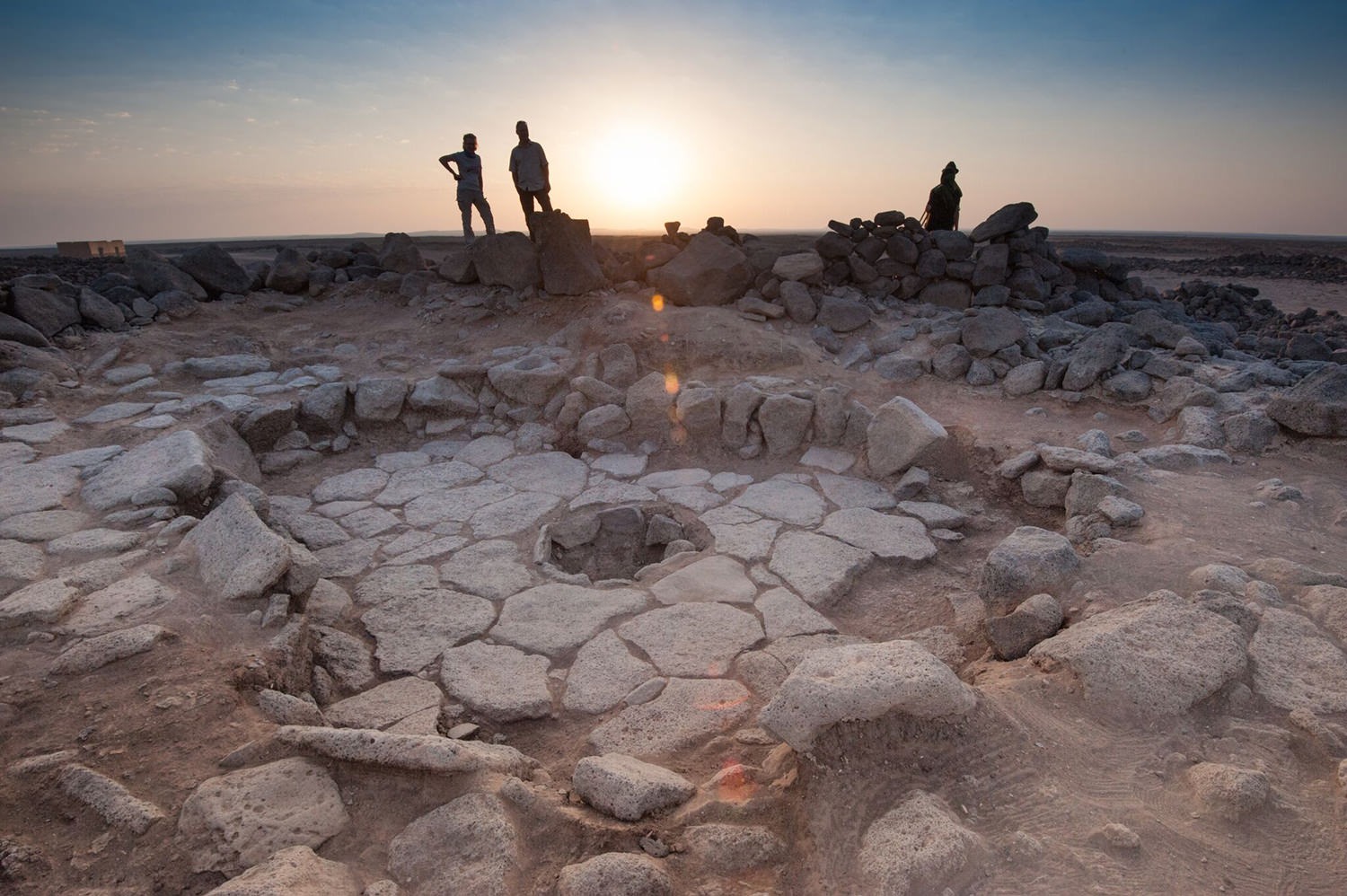History & Heritage
7.18.2018
World’s Oldest Bread Uncovered in Jordan

By unearthing charred bread remains dating back over 14,400 years ago, a team of researchers has completely shaked the well-established certainties of archeology that breadmaking was born out of agriculture and plant domestication.
Excavations made at the archeological site of a Natufians’ camp in the Wadi Rum desert, north-eastern Jordan, have revealed charred remains of bread dating back to more than 14,400 years ago. This appears as a huge landslide for archeology as for the human history, since it’s proving the anteriority of bread on agriculture.
Finds that undermine scientific certainties about the beginnings of humanity
The team of archeologists from the University of Copenhagen and representatives of the Jordanian Department of Antiquities led the researches. They were particularly interested in teh region of Shubayqa, where the Natufians lived. These hunter-gatherer people lived nearly 12,000 BC., at the turning point when humanity started to settle down.
The carbonized bread crumbs dated to Carbon 14 take the title from remains found on the Çatalhöyük site in Turkey dating back to 9,000 years ago. They are proving that the production and consumption of bread preceded the emergence of farming, which would have appeared around 8,000 BC. in the region. This completely disrupts solid scientific and historical assumptions that bread is a product of agriculture. It appears here that, in fact, bread consumption made from wild seeds would have led to the cultivation and domestication of plants.
Bread, the origin of everything ?
This bread was made from wild seeds, ancient forms of barley, einkorn and oats. These seeds were first crushed, then sifted and kneaded before being cooked in ashes or on a hot stone, as the absence of an oven suggests. This bread probably looked like a flat and unleavened bread and its long and intense manufacturing process suggests that it was consumed on special occasions such as ceremonies or rituals. This opens up new perspectives for archaeological research that has long neglected excavations around food.
popular

